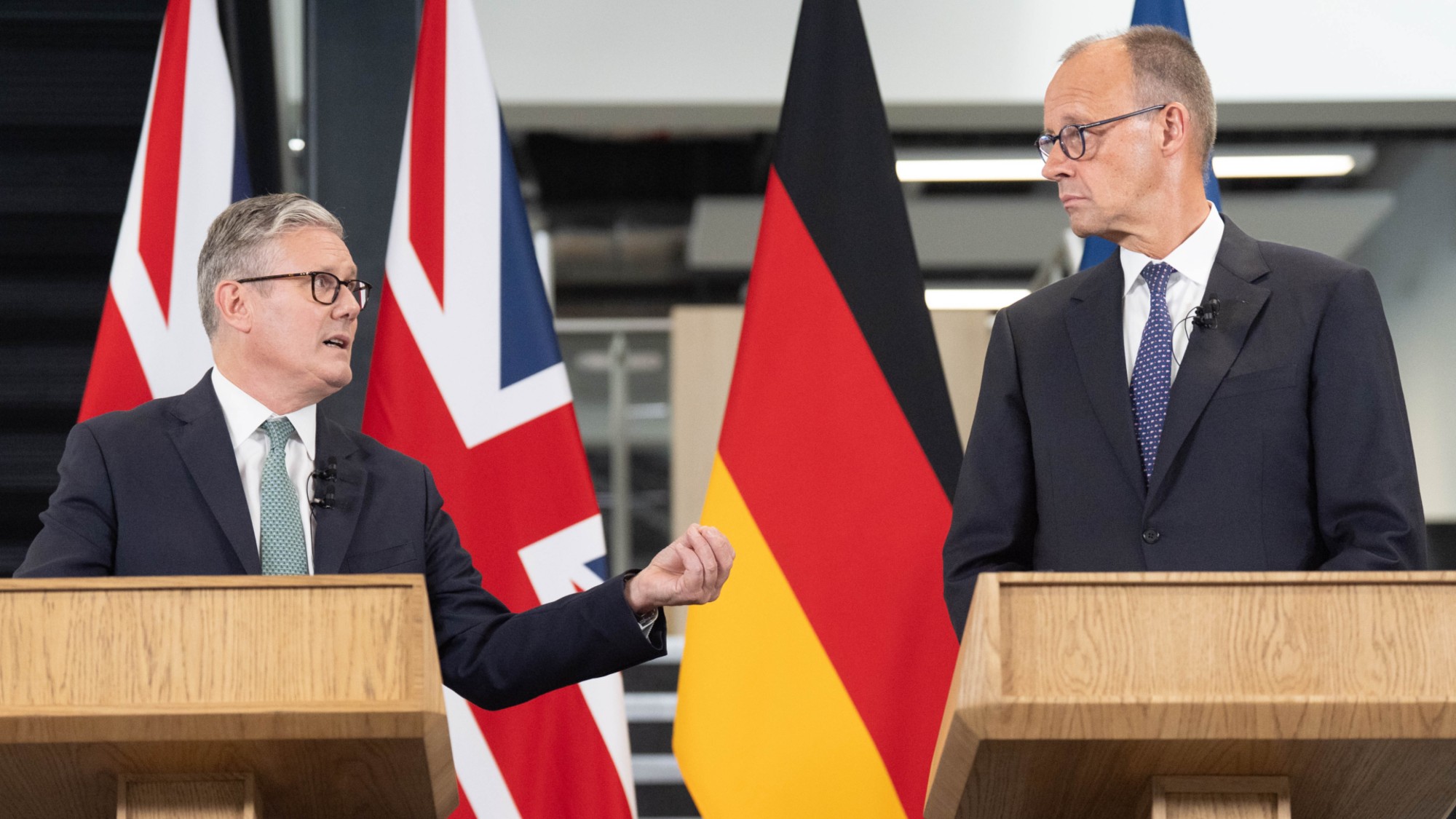Both China and the West have distorted the truth about the Tiananmen Square protests and the massacre that followed
By focusing on the student protests in Tiananmen Square Western liberals ignore the bigger tragedy perpetrated by the Communist Party of China

We all know that China's communist rulers have distorted and denied the truth about what happened 20 years ago in Tiananmen Square. But they aren't the only ones. In an equally disturbing betrayal of history, Western human rights activists and liberal commentators have also spun the story of Tiananmen, creating a fairytale version of events that bears little relation to what happened in those bloody days of June 1989.
Twenty years on, the Communist Party of China (CPC) continues to play down or deny the seriousness of the protests and massacre. It insultingly refers to the events as the "4 June Incident". It claims that "only" 241 people died, including soldiers, when experts put the figure at between 800 and 1,500. It denies Chinese citizens access to information about the events: search for "Tiananmen Square massacre" on the internet in China and you'll be told: "This page cannot be found."
Western human rights groups have not indulged in such denialism, but they have employed much mythmaking of their own, airbrushing from history what they consider to be inconvenient facts and creating a neat but terribly skewed morality tale about June 1989.
The Week
Escape your echo chamber. Get the facts behind the news, plus analysis from multiple perspectives.

Sign up for The Week's Free Newsletters
From our morning news briefing to a weekly Good News Newsletter, get the best of The Week delivered directly to your inbox.
From our morning news briefing to a weekly Good News Newsletter, get the best of The Week delivered directly to your inbox.
The main victims were workers in Beijing suburbs - now forgotten by the WestThanks to the images propagated by groups like Amnesty and Human Rights Watch, most Westerners think the Tiananmen Square Massacre involved Chinese soldiers shooting pro-democracy students in the central square of Beijing. The most famous image from the protests - that of a student standing in front of tanks - strengthens the idea that was a simple Students vs Soldiers story. This is unforgivably inaccurate.
It is of course true that in May and June 1989 many students set up camp in Tiananmen, where they demanded democratic and economic reforms, and that some of them suffered when the CPC launched its military clampdown on 3 and 4 June. Yet there were uprisings across Beijing, and in other parts of China, and the main victims of the state violence - now largely forgotten thanks to Western human rights activism - were not students in the square, but ordinary workers miles away in the suburbs of Beijing.
The Chinese authorities sent their tanks to crush a workers' rebellion. In their fascinating book Black Hands of Beijing: Lives of Defiance in China's Democracy Movement, human rights experts George Black and Robin Munro wrote: "What took place was the slaughter not of students but of ordinary workers and residents - precisely the target that the Chinese government had intended."
Black and Munro point out that the workers of Beijing, whose lives had become harsher as a result of Premier Deng Xiaoping's introduction of crude market reforms from the late 1970s onwards, had "much more to be angry about than the students", and the CPC's aim was to "crush them".
A free daily email with the biggest news stories of the day – and the best features from TheWeek.com
The worst state violence occurred miles away from Tiananmen Square in the western suburbs of Beijing, where, as China expert Jonathan Fenby puts it, there was a "far bigger massacre of non-students". Hundreds of workers were gunned down in the streets, which is why some people, including many Chinese dissidents, refer to the events as "the Beijing massacre" rather than the "Tiananmen Square massacre".
Indeed, just as the CPC's use of the term "4 June Incident" gives the impression that this was a minor event, so the Western-created name of "Tiananmen Square massacre" depicts a serious city-wide uprising as a small-scale, one-square clash.
Jay Mathews, former Beijing correspondent for the Washington Post, says Western journalists have spread irresponsible stories about a square-based massacre: "Hundreds of people, most of them workers and passers-by, did die that night", he says, "but in a different place [to the square] and under different circumstances".
Yet if you question Western representations of June 1989, says Mathews, you'll be looked upon as a pedant or Tiananmen denier. Tell journalists they have given misleading accounts and they will say: "So what? The Chinese army killed many innocent people that night. Who cares exactly where the atrocities took place?"
In China, debate about June 1989 is curtailed by censorship - in the West it is discouraged by those who have propagated the simplistic Square story.
Perhaps feeling they have more in common with the students in the square - who, unlike many of the rioting workers, were peaceful and erudite - Western observers have made the students the central focus of the June 1989 story. Whether wittingly or unwittingly, they have pushed from public view the key victims of the Beijing Massacre.
They have also, in a terrible irony, done the Chinese authorities a favour, helping to represent what was a state-shaking uprising by thousands of workers, residents and students in Beijing and beyond as a relatively small, polite, Amnesty-style protest for "reform".
-
 A lemon-shaped exoplanet is squeezing what we know about planet formation
A lemon-shaped exoplanet is squeezing what we know about planet formationUnder the radar It may be made from a former star
-
 Political cartoons for January 4
Political cartoons for January 4Cartoons Sunday's political cartoons include a resolution to learn a new language, and new names in Hades and on battleships
-
 The ultimate films of 2025 by genre
The ultimate films of 2025 by genreThe Week Recommends From comedies to thrillers, documentaries to animations, 2025 featured some unforgettable film moments
-
 Is a Reform-Tory pact becoming more likely?
Is a Reform-Tory pact becoming more likely?Today’s Big Question Nigel Farage’s party is ahead in the polls but still falls well short of a Commons majority, while Conservatives are still losing MPs to Reform
-
 Taking the low road: why the SNP is still standing strong
Taking the low road: why the SNP is still standing strongTalking Point Party is on track for a fifth consecutive victory in May’s Holyrood election, despite controversies and plummeting support
-
 Why has the State Department scaled down its stance on human rights?
Why has the State Department scaled down its stance on human rights?Today's Big Question The Trump administration has curtailed previous criticisms of human rights violations
-
 What difference will the 'historic' UK-Germany treaty make?
What difference will the 'historic' UK-Germany treaty make?Today's Big Question Europe's two biggest economies sign first treaty since WWII, underscoring 'triangle alliance' with France amid growing Russian threat and US distance
-
 Is the G7 still relevant?
Is the G7 still relevant?Talking Point Donald Trump's early departure cast a shadow over this week's meeting of the world's major democracies
-
 Is this the end for India's Maoist insurgency?
Is this the end for India's Maoist insurgency?Under The Radar Narendra Modi clamps down on Naxalite jungle rebels in move some see as attempt to seize mineral wealth
-
 Angela Rayner: Labour's next leader?
Angela Rayner: Labour's next leader?Today's Big Question A leaked memo has sparked speculation that the deputy PM is positioning herself as the left-of-centre alternative to Keir Starmer
-
 Is Starmer's plan to send migrants overseas Rwanda 2.0?
Is Starmer's plan to send migrants overseas Rwanda 2.0?Today's Big Question Failed asylum seekers could be removed to Balkan nations under new government plans